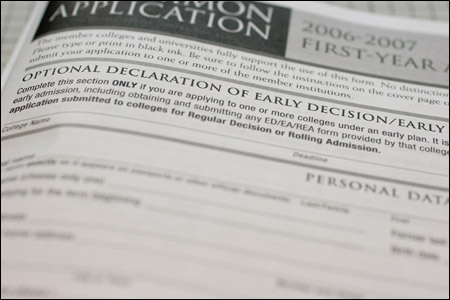By Kristie Hoang
Over the past month, seniors who applied early action to their top schools have been receiving responses. However, many seniors have become discouraged as only a handful of applicants have been accepted. Students who applied to top universities such as Yale, NYU, and Stanford have been rejected.
Early action is another way to submit one’s college application early. Doing this shows the school that a student is much more interested in school than a regular applicant. Early action differs from another early application option, early decision, which is a legally binding contract that states a student must enroll in that school if accepted. Both early action and early decision students must reply by the national response date of May 1.
Early action is a popular choice for many students because it allows the student more time to apply for financial aid, or look for housing once he or she are become accepted. However, an early action student has reduced financial aid opportunities, but also a reduced time crunch of about two weeks for submitting other applications if the student is not accepted. The popularity of early action has led to increased competition, which puts many applicants at risk for rejection.
“[Stanford] was not meant to be, but I’m actually okay with that. I look forward to hearing responses from the other colleges to which I applied in a few months,” Umbreen Ali said.
Many universities are not completely rejecting applicants, but deferring them. This puts their application off to be read alongside the other students who applied at a later date.
“It wasn’t a complete rejection, so I didn’t feel too bad about it,” said Christine Pham, who applied early action to Yale. “Of course, receiving a big envelope from Yale would be out of this world, but the competition is tough.”






